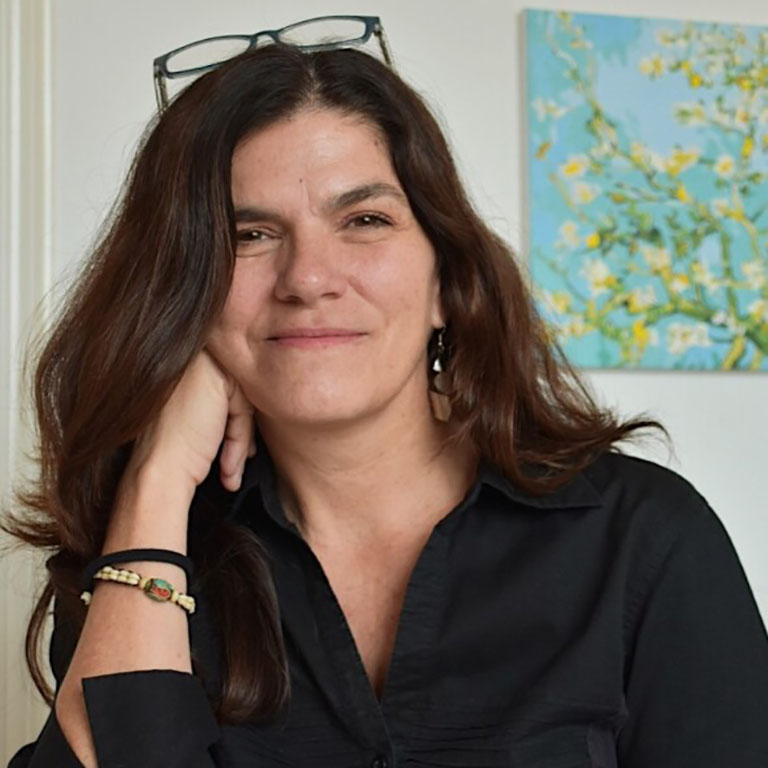Lorca and the Archive: Memory in Motion is a major bilingual museum exhibit that I recently co-curated with distinguished Lorca scholars and internationally recognized specialists in his archive, Andrew A. Anderson (U of Virginia) and Christopher Maurer (Boston U). Based on four years of rigorous new research in personal, family, and state archives in several countries, it begins a recovery of the history of the García Lorca Foundation archive from the moment of the poet’s death to the present. It tells for the first time the story of the construction of the archive since its inception, using its own materials to activate and sew together stories of salvage, discovery, acquisition, loss, and perseverance. Through 462 pieces, of which approximately 70% of which are unpublished or rarely seen, and which are housed at the Centro Lorca or loaned by 47 state, family or private archives, it tells the human stories behind the archive’s making, revealing the complicated political and cultural contexts that people navigated through war, exile and transitional democracy. It aims to contribute a new scholarly and public understanding of this archive and of its place in collective memory processes in Spain. Over 12,000 visitors saw the exhibit at the Centro Lorca in Granada, Spain between December 2024 and May 2025; in 2026, it will likely travel to the Residencia de Estudiantes (CSIC) in Madrid in reinterpreted form. A virtual tour of the original Granada version is now being created to bring the exhibit to more people, including the IU community. Click here to learn more (hand program, images, lenders, media coverage, support).
In 2025, my co-editors Anderson and Maurer and I published the bilingual volume Memory in Motion: Lorca and the Archive (Consorcio Centro FGL, 480pp.), a book born in dialogue with the exhibit and to which I also contributed the introduction and co-authored additional texts. It reveals countless new facts about the archive, hitherto unknown stories behind its survival, and materials that change our understanding of Lorca and his work. Interweaving the archive’s life with the voices of contemporary writers, artists, composers, directors, translators, and scholars, this book aims to show how the archive continues to speak to us today, how it challenges, moves, and changes us. You can read the introduction here: Spanish / English.
In summer 2025, we were honored to be recognized with the Philip M. Hamer - Elizabeth Hamer Kegan Award by the Society of American Archivists (SAA) for increasing public awareness of this body of materials. This multi-disciplinary, collaborative project was generously supported by Indiana University, including our own department, and our doctoral student in Hispanic Literatures, Nuria Alishio-Caballero, expertly drafted complex inventories of exhibit pieces during project development. Alexis Whitacre, an IU doctoral student in Geography, created audiovisuals that ran throughout the exhibit. Memory in Motion has most definitely been a challenging, collaborative, and rewarding experience.
Looking forward, I was thrilled to receive an IU Presidential Arts and Humanities Fellowship for 2025-26, through which I’ll form part of an 8-person cohort of IU scholars for the academic year. The fellowship will support my scholarship broadly and my book project, Mediating Memory: Federico García Lorca and the Legacies of the Past in Democratic Spain. At a difficult time for the humanities, I am especially grateful for support that helps us continue to create new ways of thinking and seeing the world, and for the chance to bring our work to our community and the larger public.






 The College of Arts
The College of Arts